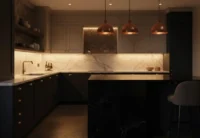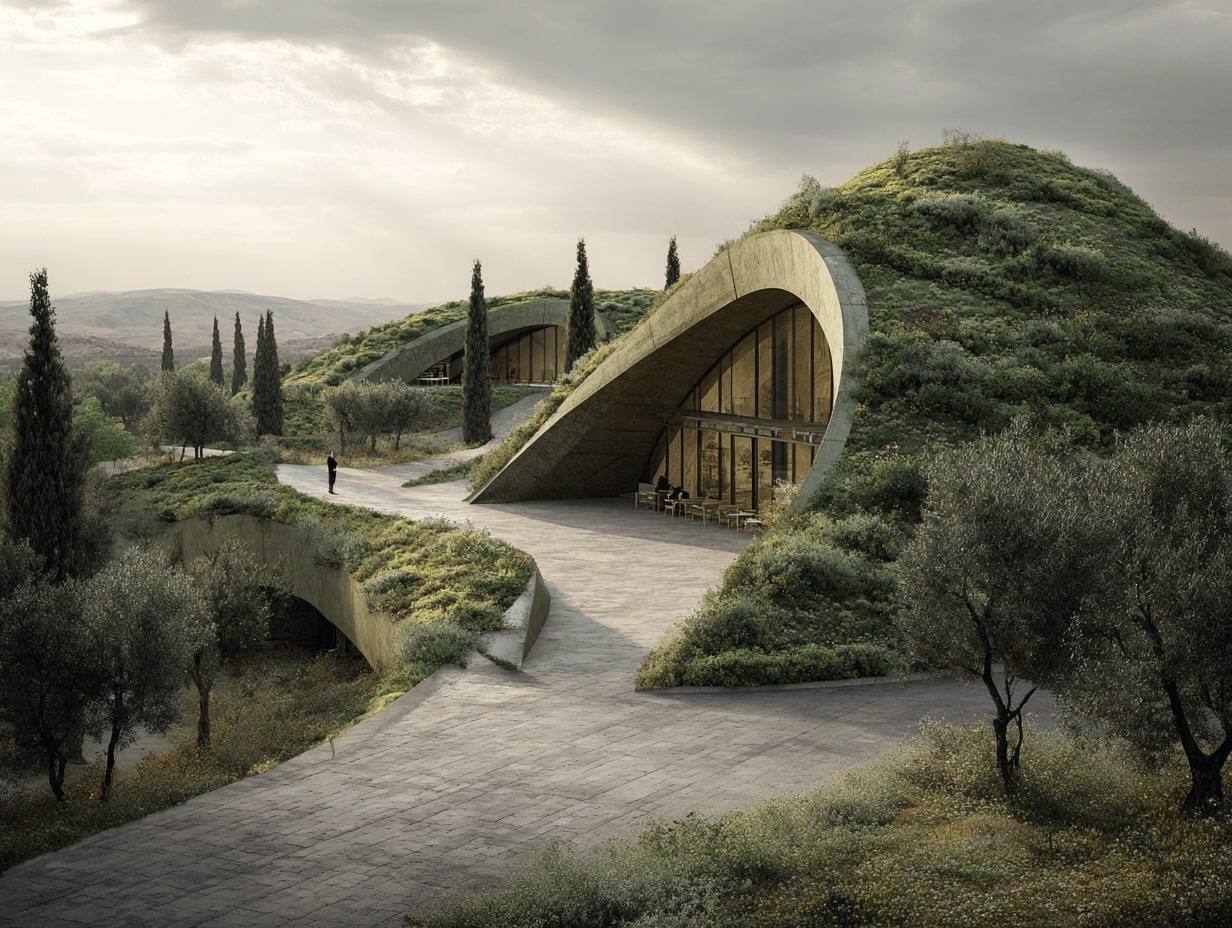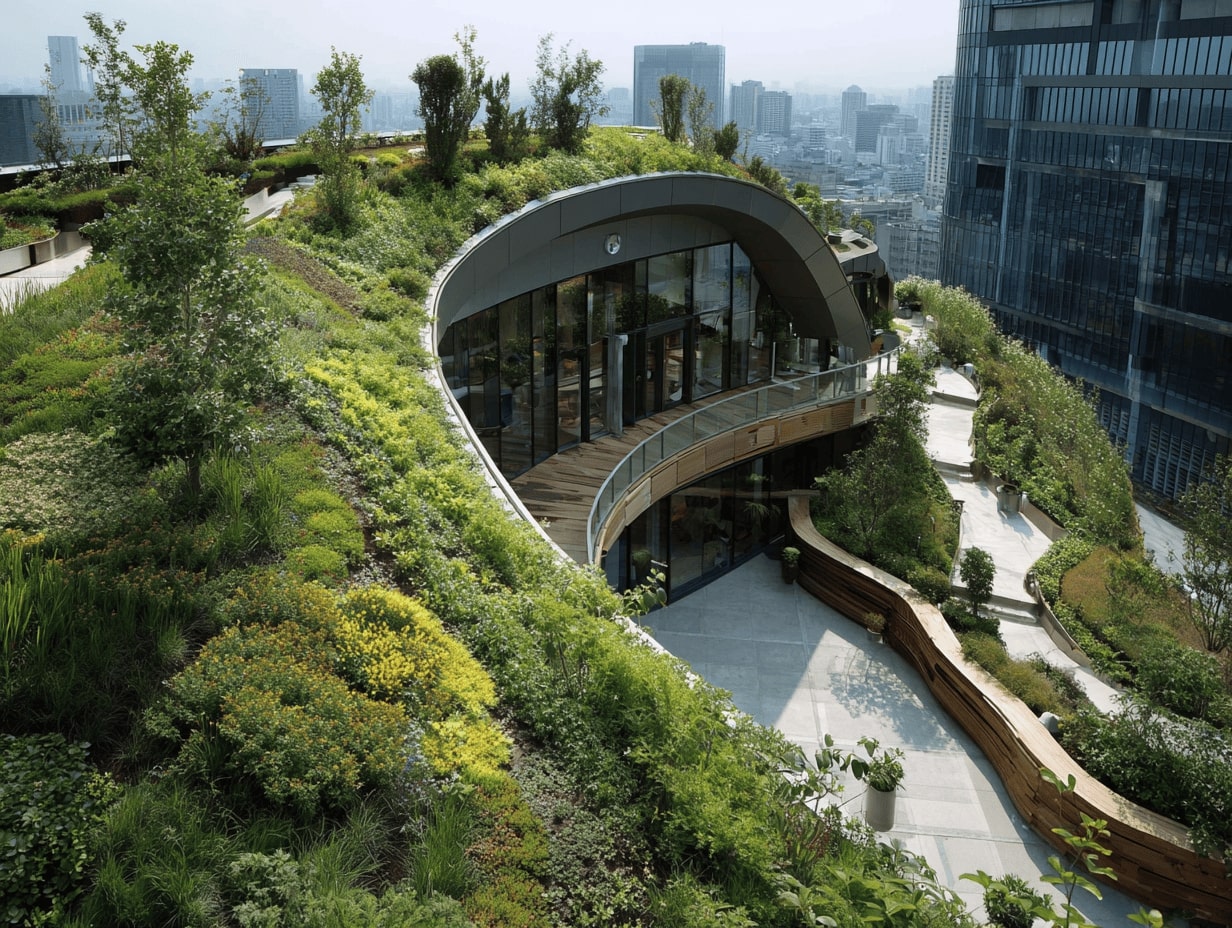- Home
- Articles
- Architectural Portfolio
- Architectral Presentation
- Inspirational Stories
- Architecture News
- Visualization
- BIM Industry
- Facade Design
- Parametric Design
- Career
- Landscape Architecture
- Construction
- Artificial Intelligence
- Sketching
- Design Softwares
- Diagrams
- Writing
- Architectural Tips
- Sustainability
- Courses
- Concept
- Technology
- History & Heritage
- Future of Architecture
- Guides & How-To
- Projects
- Interior Design
- Competitions
- Jobs
- Store
- Tools
- More
- Home
- Articles
- Architectural Portfolio
- Architectral Presentation
- Inspirational Stories
- Architecture News
- Visualization
- BIM Industry
- Facade Design
- Parametric Design
- Career
- Landscape Architecture
- Construction
- Artificial Intelligence
- Sketching
- Design Softwares
- Diagrams
- Writing
- Architectural Tips
- Sustainability
- Courses
- Concept
- Technology
- History & Heritage
- Future of Architecture
- Guides & How-To
- Projects
- Interior Design
- Competitions
- Jobs
- Store
- Tools
- More
Sustainable Wedding Spaces: Eco-Conscious Architecture for Conscious Couples

Weddings are beautiful celebrations, but they can also generate a surprising amount of waste. From single-use decor and floral foam to leftover food and printed stationery, it all adds up. Thankfully, there are plenty of ways to plan a wedding with a lighter environmental footprint. Choosing local seasonal flowers, hiring vintage tableware, serving a plant-based menu, or even repurposing ceremony decor for the reception are just a few examples. One of the simplest changes you can make is to opt for digital save the dates, reducing paper use and postage while still offering beautiful, creative designs.
For couples who care about design and the environment, the venue and its architecture play a huge role in shaping a sustainable celebration. Eco-conscious wedding spaces are growing in popularity, not only for their environmental benefits but also for the statement they make about values, community and good design. Let’s take a closer look at how architecture and spatial design are evolving to meet the demand for greener weddings.

Table of Contents
ToggleDesigning with Purpose
At the heart of sustainable wedding architecture is intentionality. Whether it’s an existing venue that follows eco-practices or a temporary installation built just for the day, every element should be considered in terms of its impact.
Architects and designers are now exploring how to make temporary event spaces feel meaningful and memorable without being wasteful. Think reclaimed timber frames, biodegradable textiles, and structures that can be disassembled and reused. Even permanent venues are integrating features like passive cooling, solar energy, and rainwater harvesting, creating beautiful spaces that are also responsible.
Adaptive Reuse and Natural Settings
Instead of building something new, many couples are choosing venues with character and history. Industrial warehouses, decommissioned churches, and botanical conservatories are being repurposed as wedding venues. Adaptive reuse minimises the need for new materials and construction while creating unforgettable backdrops filled with charm.
Outdoor weddings in gardens, forests or coastal settings also offer an inherently sustainable option, especially when no additional building is required. Letting nature take the lead cuts down on energy usage and decor needs. Of course, thoughtful planning is required to minimise disruption to ecosystems, but the payoff is a stunning, low-impact event space.
Modular and Mobile Architecture
Pop-up pavilions and modular wedding structures are an exciting area of innovation. Lightweight, mobile frameworks can be transported, assembled, and reused across multiple weddings. Some use interlocking panels of recycled wood or metal, while others integrate living plant walls or textile shades made from organic fibres.

Architectural studios are also experimenting with flat-pack stages, arches, and canopies that couples can hire rather than build from scratch. Not only does this cut waste, it also helps support circular design principles.
Material Choices Matter
From the flooring to the furnishings, materials make a big difference. Sustainable venues and temporary installations often feature:
- Reclaimed or FSC-certified wood
- Natural stone or polished earth floors
- Hemp, bamboo, or organic cotton fabrics
- Low-VOC paints and finishes
- Locally sourced and repurposed materials
When possible, materials should either biodegrade naturally or be easily dismantled and repurposed after the event. Many eco-conscious couples also choose furniture rental over purchasing custom items, further reducing their environmental impact.
Designing for Energy Efficiency
Lighting and temperature control are key components of any event space. Daytime ceremonies held outdoors or in glasshouse structures can reduce electricity needs. For evening events, using energy-efficient LED lighting and solar-powered fixtures helps keep the celebration greener.
Proper ventilation, natural light, and orientation all play a part in reducing the need for artificial heating or cooling. In hotter climates, structures with open sides and shade coverings allow for airflow without compromising style.
Green Infrastructure and Living Decor
The integration of green infrastructure is becoming more common in sustainable wedding spaces. Living roofs, vertical gardens, and planted backdrops don’t just look beautiful, they also help regulate temperature and absorb carbon dioxide.

Many couples are opting for potted plants and trees over cut flowers, with the option to replant them after the ceremony or gift them to guests. Herbs, succulents and small shrubs offer long-lasting greenery that can be incorporated into both the ceremony and the reception space.
A Mindful Approach to Celebration
Sustainable wedding architecture isn’t about sacrificing style. It’s about aligning your celebration with your values. With thoughtful design, it’s possible to create a visually stunning event that treads lightly on the planet.
Whether it’s by selecting a venue with strong eco credentials, designing a custom structure using reclaimed materials, or simply starting your planning process with a digital save the date, every choice makes a difference.
Architecture has the power to shape not only how we celebrate but how we see our place in the world. As more couples opt for conscious, beautiful celebrations, the design world is rising to meet the challenge, one wedding at a time.
illustrarch is your daily dose of architecture. Leading community designed for all lovers of illustration and #drawing.
Submit your architectural projects
Follow these steps for submission your project. Submission FormLatest Posts
Architecture of Climate: Designing for Heat, Cold, and Storms
Architecture of climate: a practical guide to designing for heat, cold, and...
Sustainable Home Design Starts Underground: The Overlooked Role of Septic Systems
When we think of sustainable home design, most people picture solar panels,...
Understand Site Topography and Its Role in Sustainable Design for Eco-Friendly Solutions
Discover how understanding site topography transforms sustainable design by optimizing energy use,...
Exploring the Current Uses of Green Roofs: Benefits for Urban and Rural Spaces
Discover the growing uses of green roofs in urban and rural spaces,...












Leave a comment